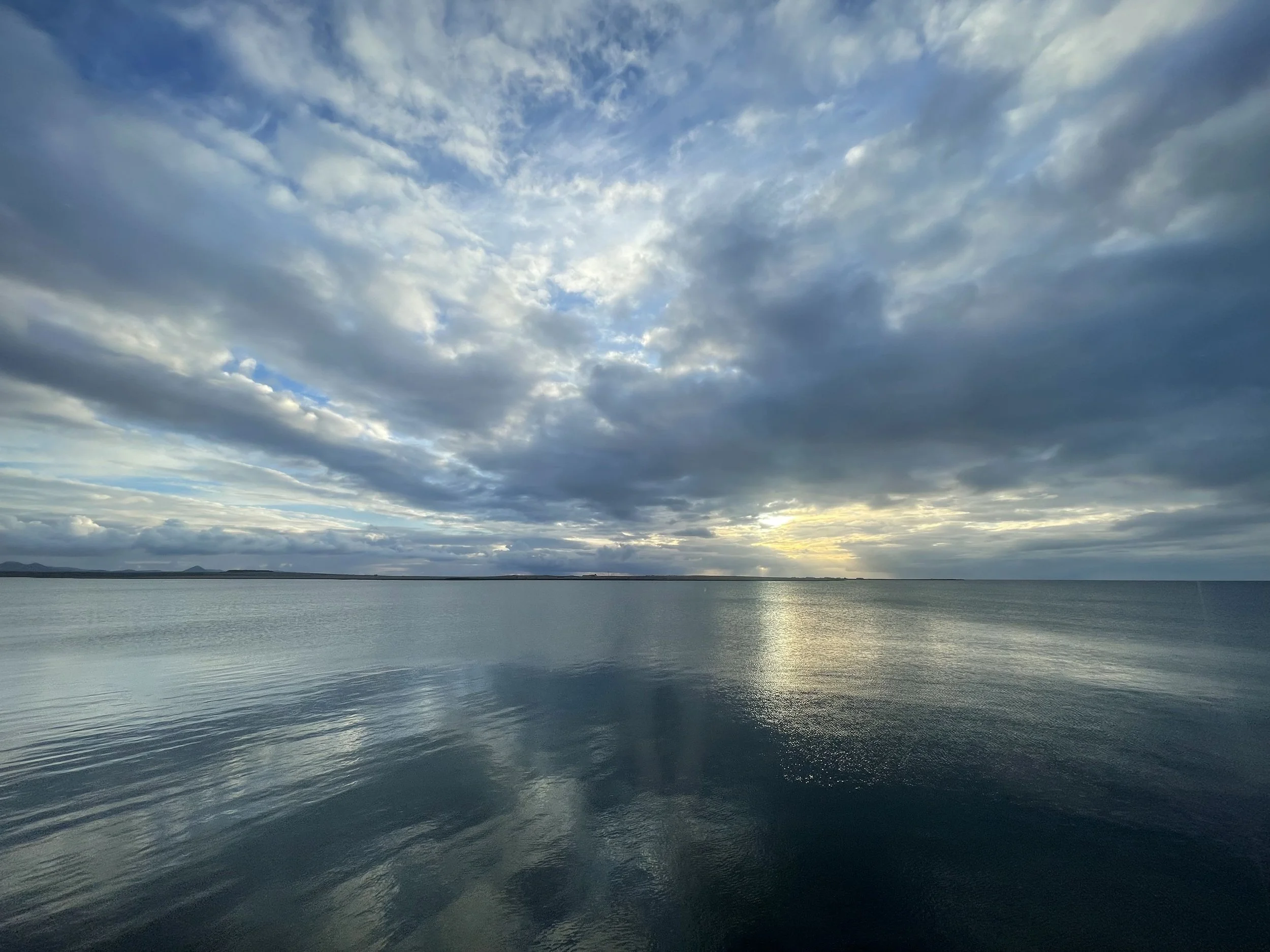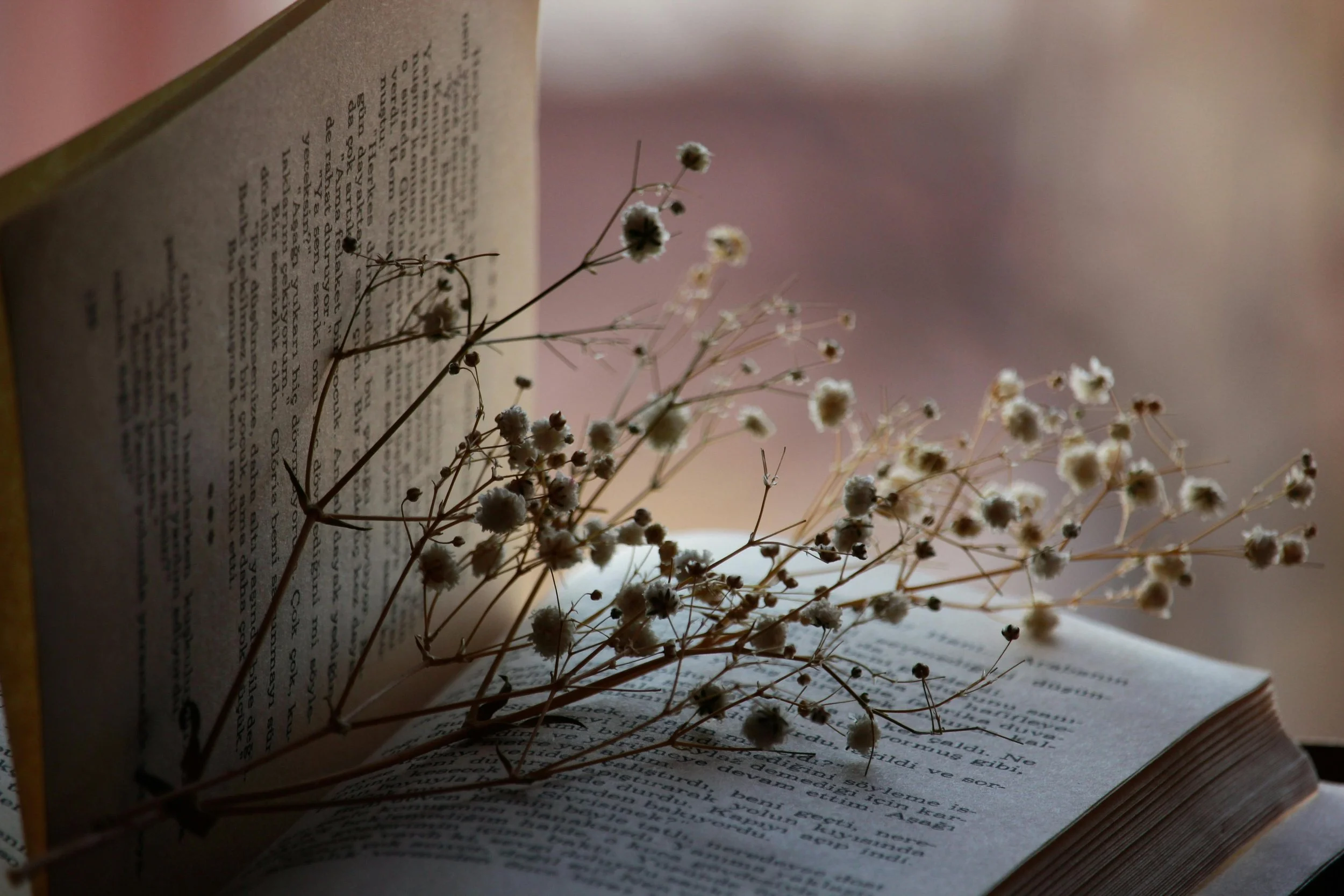Although no single person, group of persons, or religious tradition can be solely credited with the emergence of the interfaith movement – a vast and complex movement to which many hands and minds have contributed – it is certainly true that the interfaith movement as it exists today would be inconceivable without the contributions of Sri Ramakrishna and Swami Vivekananda.
The 6th International Interfaith Conference on Holy Books was held the first week of February at the Sarvodaya Institute of Higher Learning in Sri Lanka. About 125 delegates from different parts of the world attended the four-day program, held in celebration of this year’s U.N. Interfaith Harmony Week.
While growing up as a kid in northern India in the early 1980s, I fondly remember one of my best friends in high school, Sher Ali Khan. He was a devout Muslim.
Living in a multi-religious society is still a new experience for many people in Europe and America, but in Asia members of one faith community have traditionally coexisted in the same geographical space with those of others. Crossing boundaries – for example, marrying a member of another community – could result in social ostracism. At times, sharp controversy and, sadly, horrific violence has been suffered, as when India was partitioned. At other times, for centuries in millions of villages and town, neighbors from different traditions have gotten on well, been friends, and even enjoyed some practical cooperation.
Over the past few months, Indian and U.S. media have reported widely about right-wing Hindu groups’ plans to “re-convert” Muslim and Christians to Hinduism (and in some cases, Sikhism).
URI CCs encourage one another, pray for one another, share feelings and actions. A recent response shows actions of solidarity arising…
Fauzia Minallah is an award-winning Pakistani artist who uses her formidable gifts to help the world’s children know peace. When asked about her hopes and dreams, Fauzia offers a very long list: that girls will be valued as much as boys, that impoverished children have opportunities to read and to create art, that Pakistan will cherish its religious heritage and diversity, that visually-impaired kids will have safe places to play, and that all Pakistani children have access to clean air and water. It’s tempting to wonder how one woman, even one as creative and energetic as Fauzia, might accomplish all that in a single lifetime. She is the first to admit that her work is never finished, but a quick dip into the inspired waters of the Funkor Child Art Center shows how, in little more than a decade, thousands of children have been lifted up and served.
The Universal Multicultural Dialogue – an international interfaith festival – was launched in 2012 in Guadalajara, Mexico. As TIO reported last month, UMD II will be held this coming May 6-9. Elías González Gómez joined the Carpe Diem Foundation sponsoring the first UMD as soon as he heard about it. He has written an extended article about the experience. Excerpted below is his story of the 2012 festival’s opening day.
I have two of the most beautiful, intelligent, and lovable great-grandchildren in the world. At 90 years of age, I know I won’t have the chance to see them much longer.
The notion supporting this month’s issue is that the ‘arts,’ defined broadly, mediate ‘spirit and truth’ in ways religion cannot, particularly if you take religion to be doctrine, rules, and organization. Of course religion uses the arts in all sorts of ways, which muddies and makes more complex the relationship between our creative energies and what we hold to be true and important. Indeed, for the ancient Greeks as with most indigenous traditions, painting, sculpture, dance, music, and story emerge out of ritual and spiritual practice, where the artist and practitioner are one and the same.
Beirut - Muhammad, who arrived from the Syrian city of Homs, lost his leg in the Syrian war. At the border, he was met by Lebanese who treated and cared for him until he could walk on his prosthetic leg. He then went to the market looking for a job, where he was hit with racism. He could not find any work and store owners kicked him out, cursing him and throwing accusations that he would rob them for sure. This discrimination and oppression made him hate all the Lebanese without exception, forgetting those who cared for him and who extended a helping hand.
Two hundred participants – scientists, clergy, spiritual practitioners, artists, and concerned citizens – gathered for an all-day teach-in on Sunday, March 8, 2015 at Loyola Marymount University, exploring practical solutions to the global climate crisis and water shortage. Organized by the Southern California Parliament of the World’s Religions, “Seeds of Peace: Honoring Water, Source of Life” offered spiritual practice, sacred ritual, social action, and climate-based workshops, as well as a vibrant communal marketplace with 40 vendors all focused on the life-sustaining role of water.
Every culture has found ways to express its sense of the sacred or transcendent in myth/story and representationally in graphic form. This series of sculptures emerged from my interest in the role of women as centers through which the sacred is expressed or through which the sacred interacts with human communities.
When indigenous communities in México, El Salvador, and Honduras heard about the the Universal Multicultural Dialogue II (UMD II), they responded quickly. As announced in TIO last December, UMD II is an international interfaith festival being held in Guadalajara from May 6-8,2015. Thousands will participate, as they did at the first UMD in 2012, with more than 120 speakers, workshops, panels, ritual ceremonies, and arts. The theme this year is “We All Live Under the Same Sky.”
Michael Hayes of Criterian Institute is the second young leader interviewed in this three-part series with Millennial leaders in the interfaith movement. To see the first, with Jen Bailey of Faith Matters Network, click here.
I will tell you what happened to me yesterday. In the morning, I went to my French class as usual. As soon as I entered the classroom, I felt that something was wrong with me. My students were worried when they saw me looking so pale. I managed to teach class for an hour and a half until the break. By then, I really felt unwell. I had no more energy. I excused myself, telling the class that I could not continue and that I must return home. As my students were leaving, a few came over to me and said that maybe it was unwise for me to be driving, as they knew that I had to travel 30 kilometres.
As a college student studying art history and Jewish literature, I am particularly interested in how language and art create the stories that we tell about culture, community, and faith. Words and images cannot exist in a vacuum; almost anything we create is influenced by where we are, who we are surrounded by, and what ideas we hold.
“Art is the conversation … Art offers an opening for the heart ... Art is, at least, the knowledge of where we are standing … In this Wonderland … we are partners straddling the universe.’”
Artistic expression is a form of prayer. It can be offered in the form of dancing, playing an instrument, singing, whirling, or chanting. In our case, since we work with kids, it often appears as crafts. Caregivers around the world use crafts to teach children about their faith traditions and create perfect resources for interfaith education. (At the end of this article you’ll find links to some of these sites.) Beyond that, these projects give kids the opportunity to discover the sacred, to offer a prayer without having to put it into words, and to co-create with the divine.
I was – we were (as several folks in the office crowded ‘round) – completely blown away.
By its power and dignity, its implicit compassion and yet unblinking eye. What a wonderful project.
– Ken Burns, Emmy Award winning documentary film-maker





